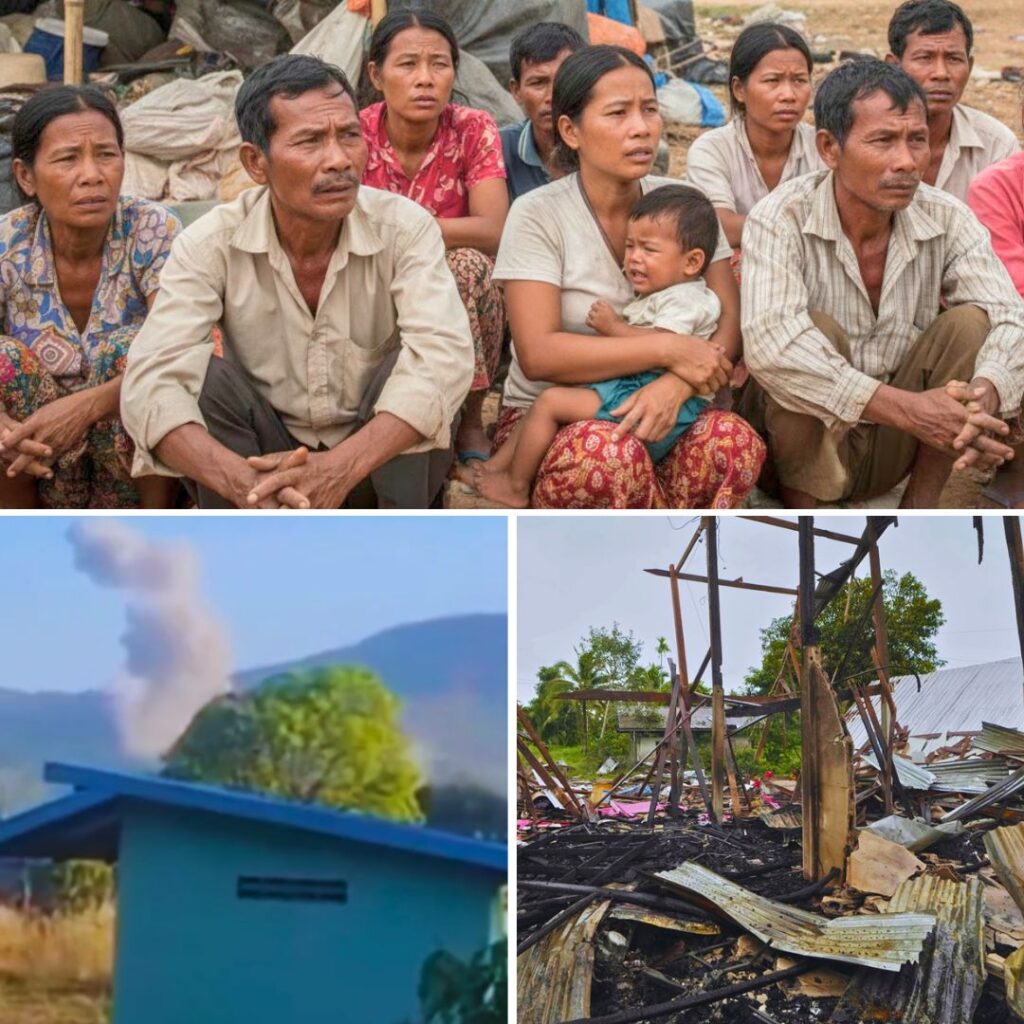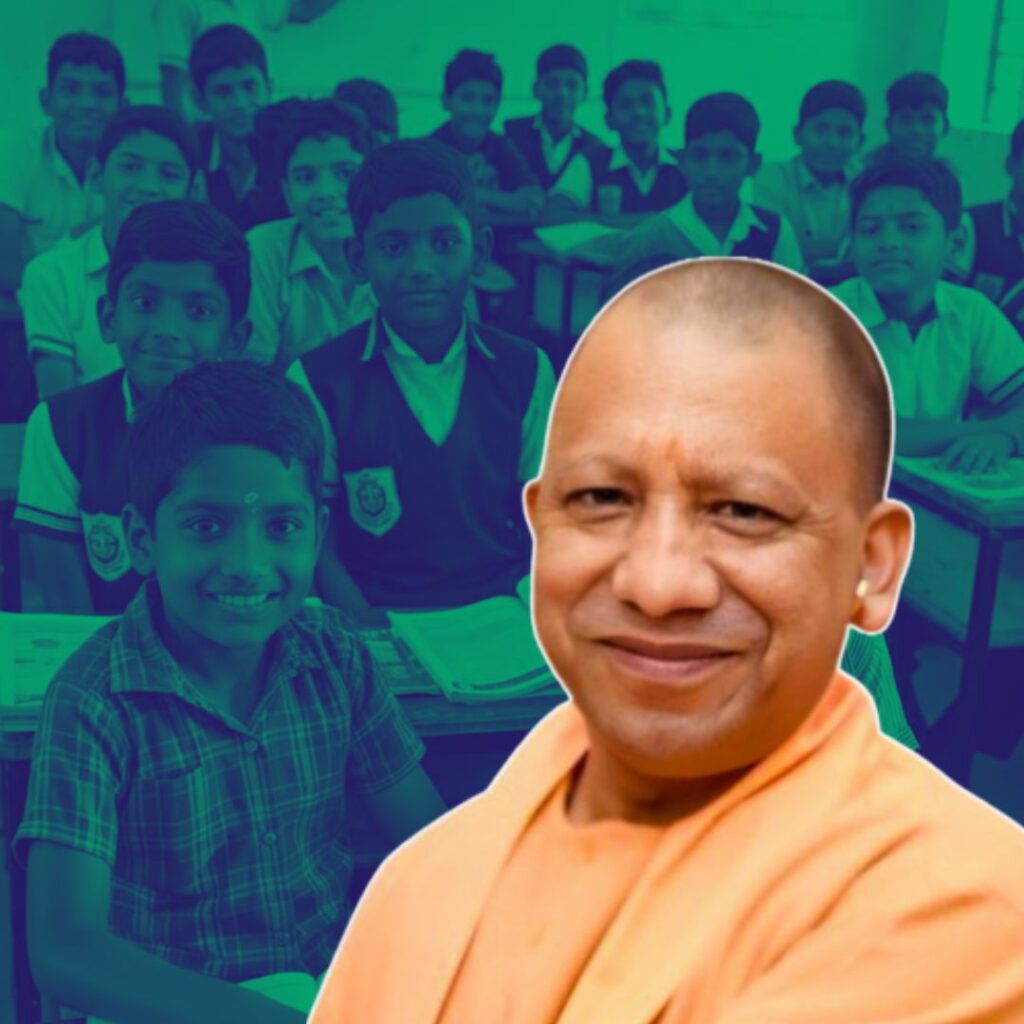Pokamakalapalli is small nondescript village tucked between the hillocks and dry, mirage lands in Bagepalli Taluk, Karnataka. The population of the village is 226 villagers with 58 families. Even though the number of villagers are less, they still take a lot of interest in the developmental activities of their village.
Whether the issue is regarding roads, school, common land (cattle grazing land), forest land or cattle or ponds, everyone in the village sits together and take decisions and implements the same. They have done everything they could do to improve their lives, now it is our turn to help them in every way possible. You too can be a part in the development of the village by donating to their activities here
There was no unity among villagers till 2009
The village has 400 acres of common land (cattle grazing & forest land) which belongs to the entire village but no one in the village took care of it till 2009 as there was no unity among the villagers. Due to which 20% of the land was encroached by landless villagers for farming, and forest fires destroyed the flora and fauna which led to deforestation.
This, in turn, lead to a shortage of food for cattle and animals. Increased soil erosion resulted in bad crops and groundwater depleted as well. This was till 2009. The situation now is better compared to previous years as the villagers have worked in improving the village.
How did the villagers develop their village
The village has 400 acres of common land is being protected for the past 6 years spread across 2 patches of land in the village. They have planted 5000 plants and maintaining them very carefully. The protection of these lands has led to an increase of biodiversity, increased fodder availability, better water retention capacity of the soil and overall improvement in the health of the common land. Also, they have repaired and painted the only government school in the village.
Women in the village formed a small Self Help Group. They collect a small amount of money from everyone in the group and give it to the needy family with a small interest. With the help of those loans, women were able to
The villagers have done everything with the meagre resources and the support they got. Now it’s our turn to help them and make their village a better place to live.
Challenges and Solutions Waterbody restoration
Problem: The village has two cattle ponds which can cater to only 500 cattle while the pond is utilised by 1500 cattle. Also, the pond dries up during the summer months when the need for water is very high.
Solution: The village wants to develop a Kalyani (community water tank) that is in the common land in terms of the renovation of the existing cattle ponds. This will help ensure that the livestock will have water to drink especially during the dry summer. The existing pond size will be doubled and lined with pitching stones (to prevent leakages). This helps the pond to retain water for more months.
Street lights
Problem: The village is in a remote location and is surrounded by forest land. There are no streetlights in the village. Even the main roads of the village do not have street lights, leave alone the smaller lanes. In the last few years, the villagers have planted trees in the forest. This increased the vegetation in the common land. In the forest land, this has led to an increase in herds of deer, boars and peacocks. This has also meant that their crops were more vulnerable. Due to this, the villagers guard their crops during the nights and there is no light when they have to move around the village for this purpose. There is also a problem of electricity in the village. There is no continuous supply of electricity and thus there is no power for the most part of the day.
Solution: Solar lights would be a good option to ensure that there is lighting at least in public spaces during the nights. The village has 8 streets and needs 11 streetlights to ensure lighting for the roads.
Horticulture
Problem: Due to less water availability for agriculture and bad market outreach the present agriculture produce is not giving many farmers proper income to run their families.
Solution: Horticulture plants can be given to farmers. The farmers are very much interested in cultivating mango and tamarind species. Mango has a good market as the village is also close to the State capital Bangalore.
Drip irrigation
Problem: For the last few years, due to continuous dry seasons, the water availability for agriculture is very less. Adding to the drought-like situation, labourer cost has increased drastically.
Solution: The farmers can be motivated to adopt water-saving technologies in their farms. This is very crucial, given the current situation of water availability in the village, especially for farming. Drip and sprinkler irrigation saves water and also the involvement of labourer is minimal.
Common land plantation
Problem: Villagers are already prote…












